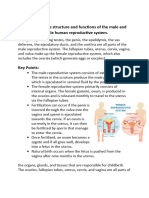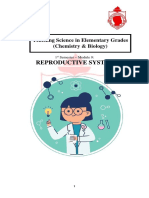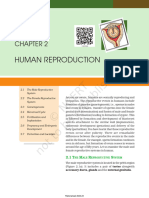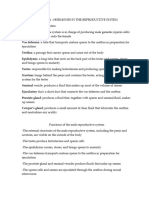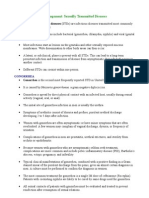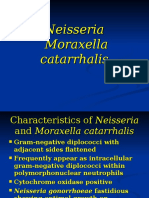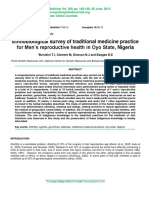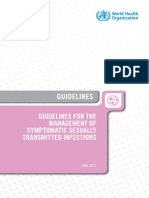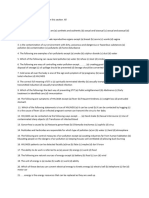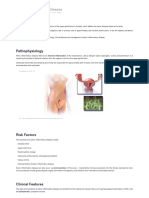0% found this document useful (0 votes)
17 views8 pagesReproduction Keypoints New STB
Reproduction is the biological process through which organisms produce offspring, categorized into asexual and sexual reproduction. The human reproductive system is complex, involving distinct male and female systems responsible for gamete production and fertilization. Key processes include spermatogenesis in males and oogenesis in females, regulated by hormones, with additional details on the menstrual cycle and sexually transmitted diseases.
Uploaded by
Narsingh BheelCopyright
© © All Rights Reserved
We take content rights seriously. If you suspect this is your content, claim it here.
Available Formats
Download as PDF, TXT or read online on Scribd
0% found this document useful (0 votes)
17 views8 pagesReproduction Keypoints New STB
Reproduction is the biological process through which organisms produce offspring, categorized into asexual and sexual reproduction. The human reproductive system is complex, involving distinct male and female systems responsible for gamete production and fertilization. Key processes include spermatogenesis in males and oogenesis in females, regulated by hormones, with additional details on the menstrual cycle and sexually transmitted diseases.
Uploaded by
Narsingh BheelCopyright
© © All Rights Reserved
We take content rights seriously. If you suspect this is your content, claim it here.
Available Formats
Download as PDF, TXT or read online on Scribd
/ 8









